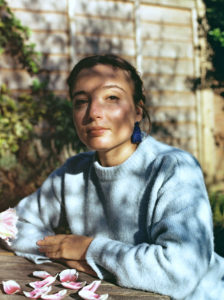
Liza Premiyak is a London-based journalist. For the last seven years, she’s been interested in understanding, of all places, what it means to live, create and protest in Eastern Europe. Until recently, she was Managing Editor at The Calvert Journal, where she looked after the online publication’s photo stories and ran the New East Photo Prize, broadening perceptions of Eastern Europe, the Balkans, Russia and Central Asia.